The headline of the February 20, 2014 issue of La Prensa stated that Daniel Ortega, President of Nicaragua had fired two Cabinet ministers. In the first paragraph of the accompanying article, however, it said that differences with First Lady, Rosario Murillo had led to their ouster. In Nicaragua, a cab driver named Ismael told us, “Whatever she says, he does.” Or to quote a man on horseback in Granada, “It’s she who wears the pants.”
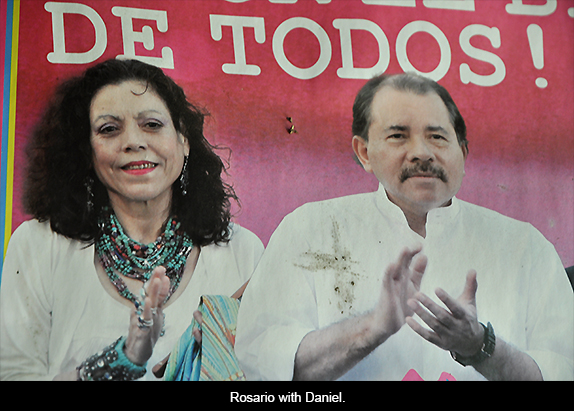
I was in Nicaragua that week, helping lead a photography workshop for the Santa Fe Photographic Workshops. Photographer Carlan Tapp from Santa Fe and I had nine photographers from all over the US plus one from Ontario, Canada. I’ve been traveling to Nicaragua since 2006 when I went to observe the Presidential elections in which Ortega won for the second time and eight of my trips have been for the purpose of raising money for several non-profits that work down there. One is a teacher training program called the Global Education Fund that was started over a decade ago by Judy Richardson of Santa Fe. Another is a veterinary training program led by Dr. Tom Parker from Tesuque; he has practically singlehandedly created a veterinary profession in Nicaragua and trained many of the young vets himself, including bringing one of them to New Mexico.
The principal beneficiary of this particular trip was Empowerment International, an educational program founded by a woman named Kathy Adams from Longmont, Colorado. She and her Nicaraguan staff have over 300 kids in the program, help prepare them for school, monitor their attendance, deal with many family issues, and provide after-school tutoring, much of which is done by the older kids in the program. 87% of the kids she works with graduate from high school compared to a 55% rate nationwide. For young women in Nicaragua finishing high school is especially important because the alternative is usually getting pregnant with a guy who will disappear as soon as the baby is born.
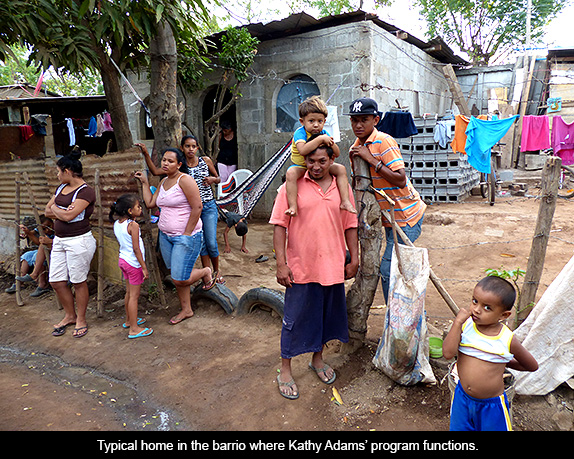
Violeta Chamorro who served as Nicaragua’s President from 1991 to 1997 was the first woman to hold that position in Nicaragua as well as the first in the Americas. Now Rosario Murillo, Ortega’s wife is clearly the most powerful person in the country. Unlike Ortega, she is highly educated, studied in England and Switzerland, speaks French, Italian and English and reads German and is also a poet which is very important in Nicaragua where one of the two most revered figures is Rubén Darío. In the 2006 election campaign, the posters had only Ortega’s picture. Now they have hers as well as his; in addition, she is clearly the more alert looking of the two. Her husband is already serving his third term (one more than the Constitution states is permissible!) and the Supreme Court has cleared him to run again. The only potential opponent in this country where they have crushed all political opposition could be her.
Has her power translated into better lives for women in general in Nicaragua? Through these many visits to Kathy Adams’ program, I have seen a number of young women learn and mature and become potential leaders for the future. Here are some examples.

Olga (19) joined us for much of this photography tour and is an excellent photographer. Her real goal, however, is to become a lawyer. Another young woman who joined us – Anielka, also 19 – wants to be an office manager. MarLuz who became involved in drugs after the death of her mother when she was sixteen is now twenty one, back in school and preparing to be an accountant.
Perhaps the most astonishing of Adams’ students is Celeste. Although she is only eleven, she is part of the after school tutoring program and tutors five other eleven year olds in math. She is also a beautiful dancer and did a folk dance for us at our opening dinner.
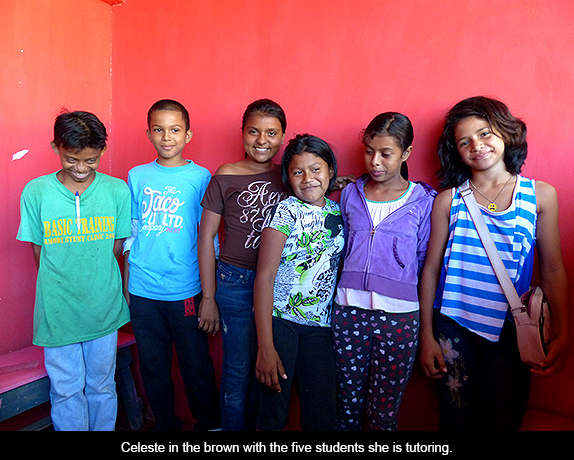
These young women all come out of a barrio where more than fifty percent of the families are without fathers.
One of Adams’ programs is in a rural barrio called Santa Ana about 40 minutes out of Granada on rutted, dusty roads. There we visited two small farms. One is run by Lilián del Socorro Córdoba Muñoz or Lila. She has four children, nine grandchildren, twenty eight head of cattle, a white horse, a small house where most of them live and about five acres of rented land where she grows corn, beans and chilis. It’s a tough life. When she wants to sell her corn, for example, she has to get up at 11:30 PM, take the corn in a horse-drawn cart to the tiny town of Santa Clara, then go in a truck to the market in Masaya. Her costs are enormous – the rental payments for the land and the fuel for her irrigation pump. Gasoline costs more in Nicaragua than in the US, despite subsidies from Venezuela.
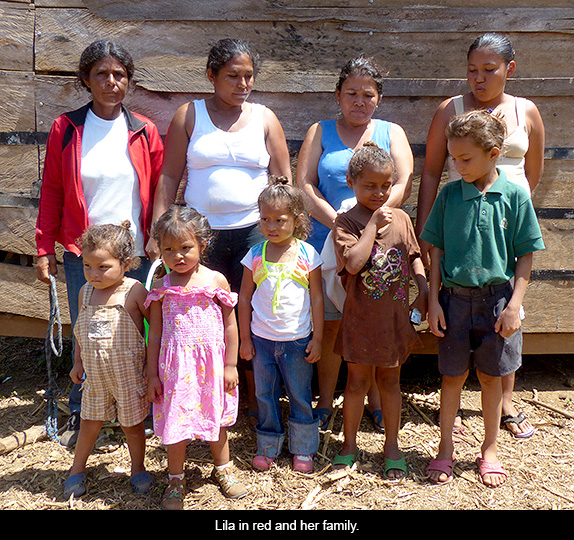
Kenia is another farmer in that area. She and her husband, Bonn Giovanni actually own their land. In addition to the intensive farm work, she is active in the school there.
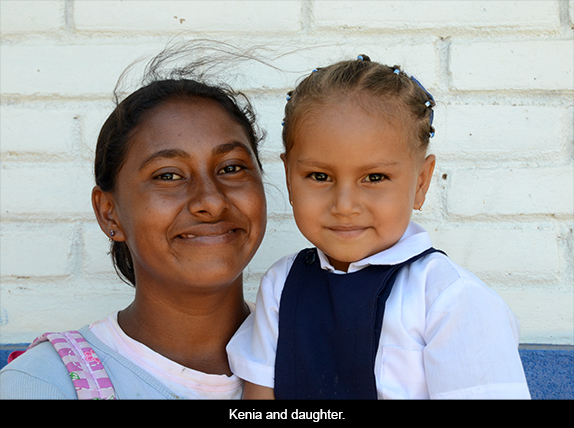
These are all women with great potential. They are taking all the right steps – education, avoiding early pregnancy, staying out of trouble. At some point, however, they will all need a mentor, someone in authority who will be willing to stand up for women. That person is obviously Rosario Murillo. To date, her goal has been to consolidate power for herself and her husband. At what point will she begin to use that power to help talented women like Olga, Anielka, MarLuz, Celeste, Lila and Kenia? She’s the one who wears the pants, who could help them. Will she?
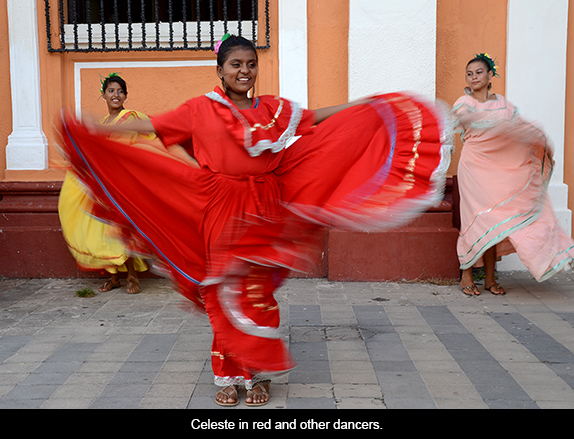

February 28, 2014